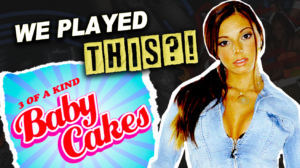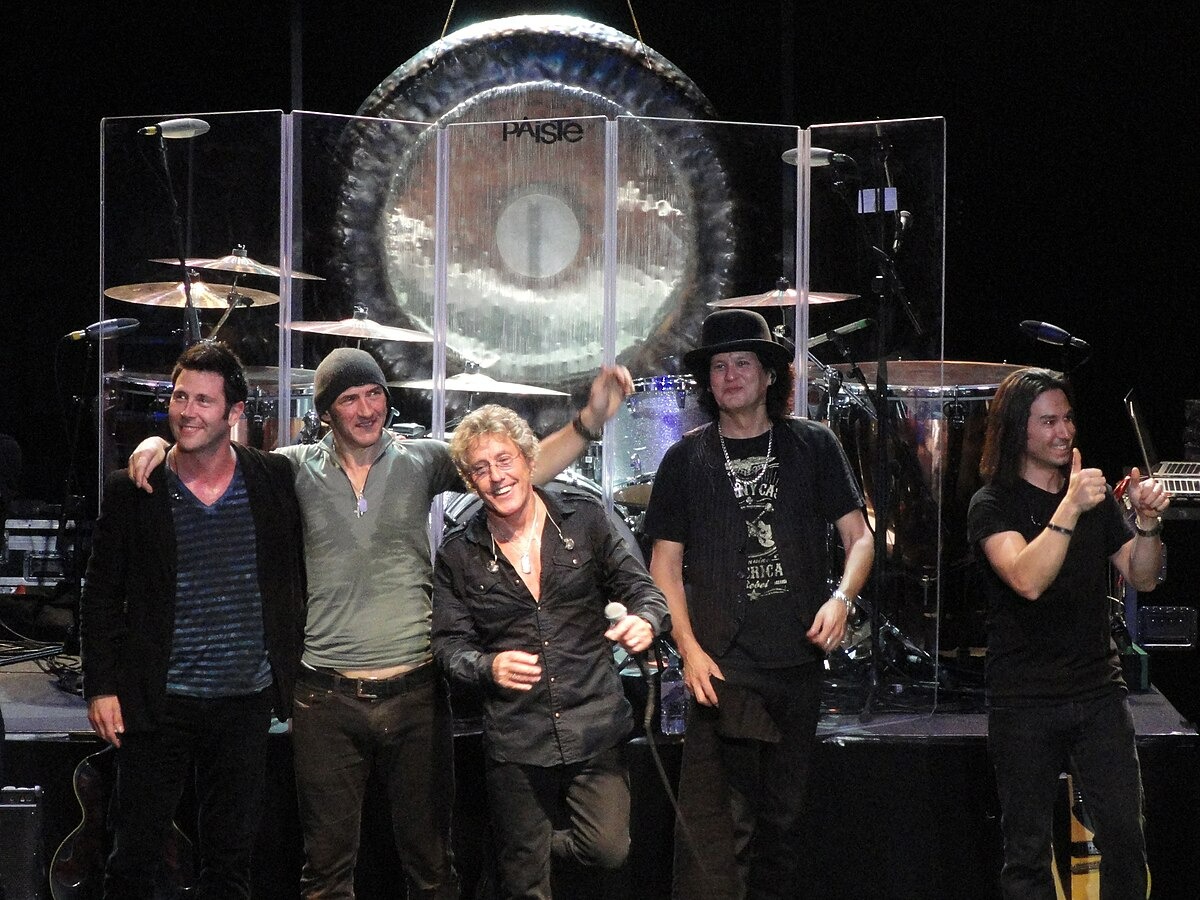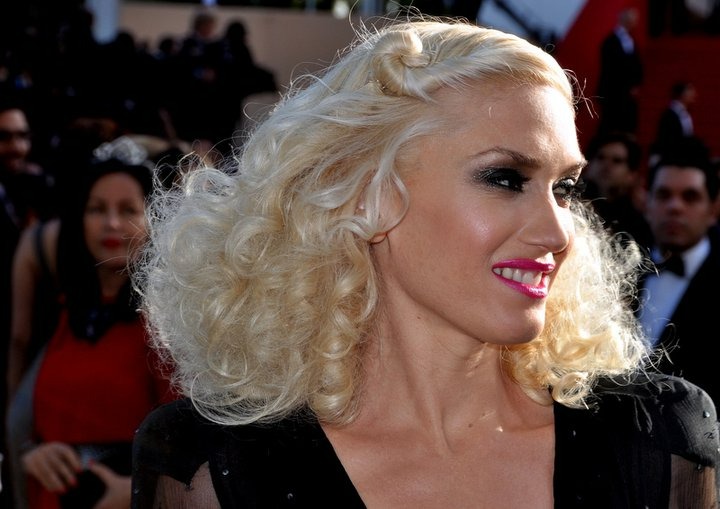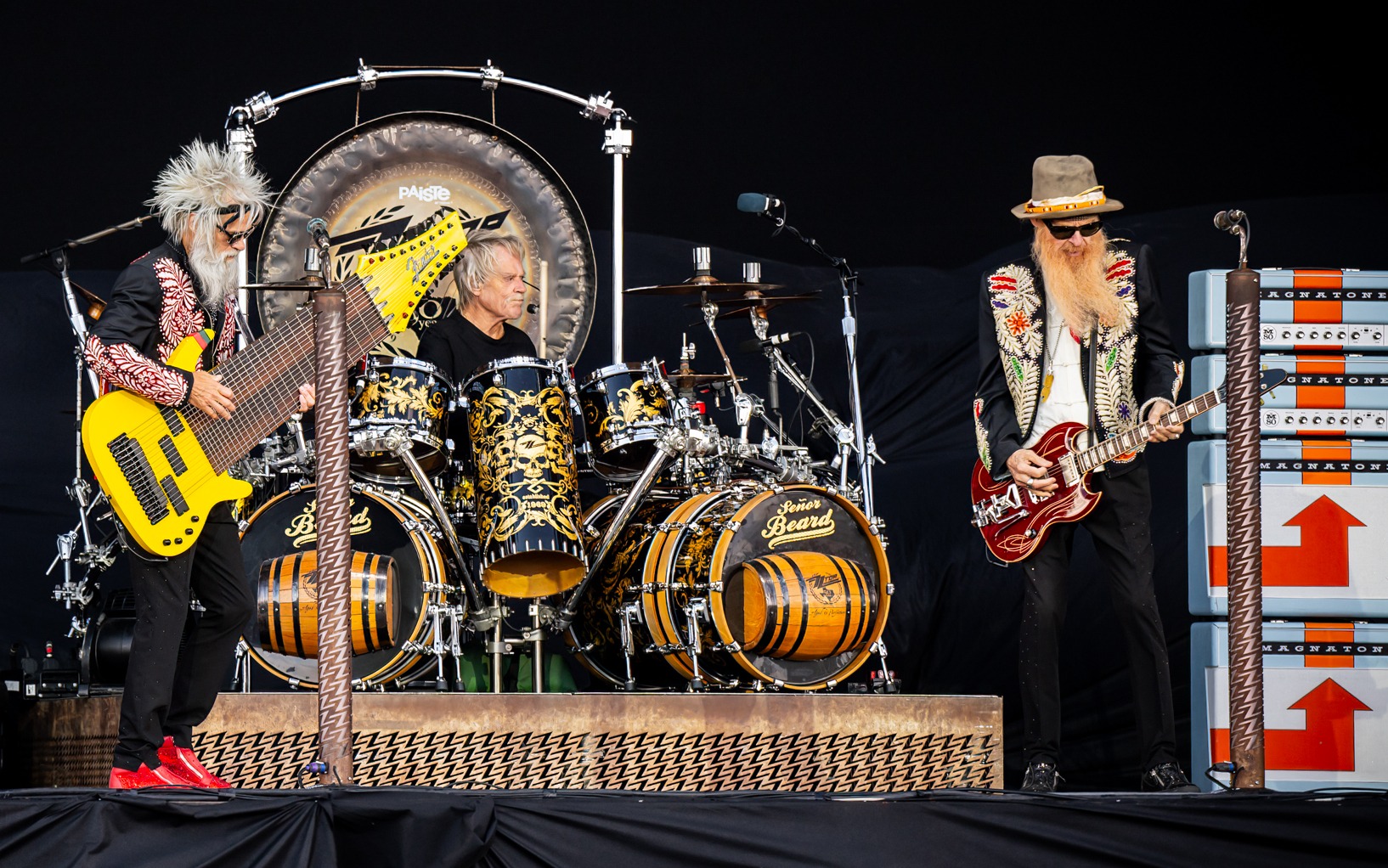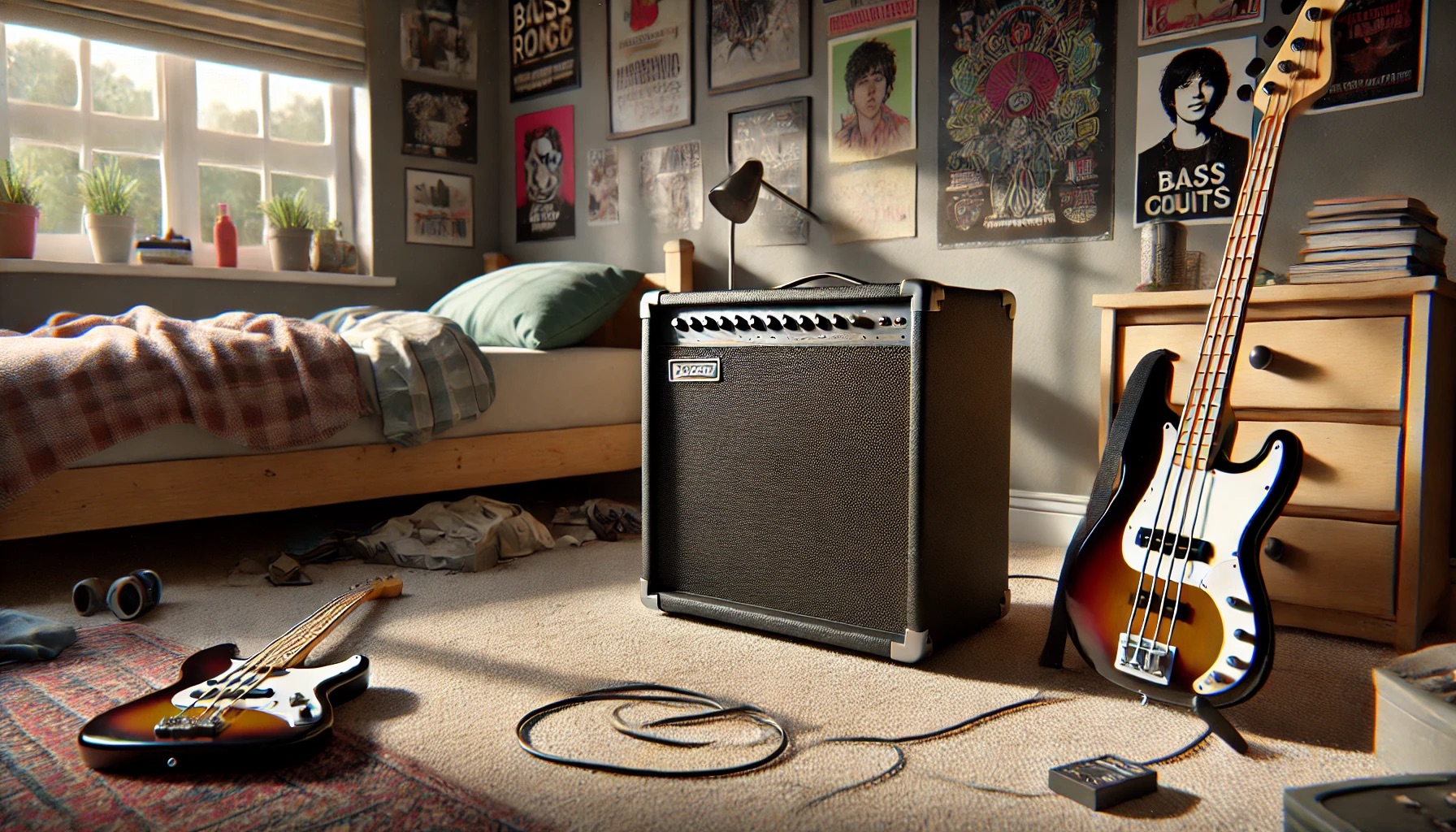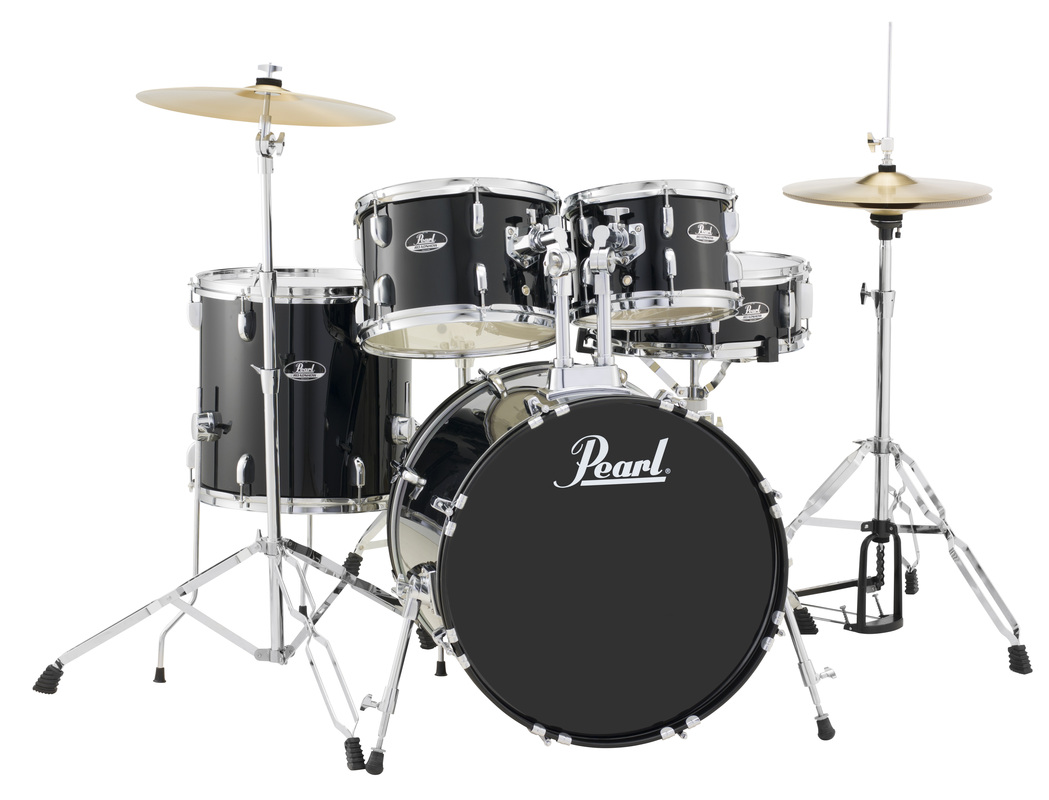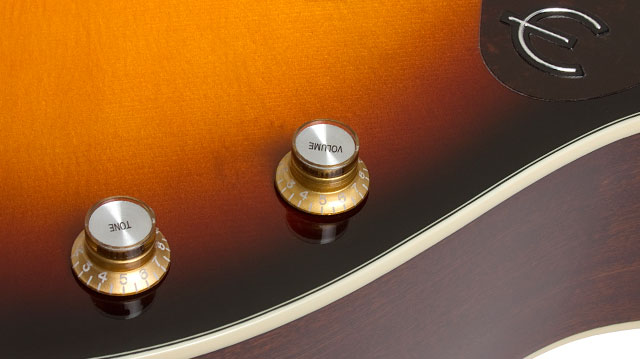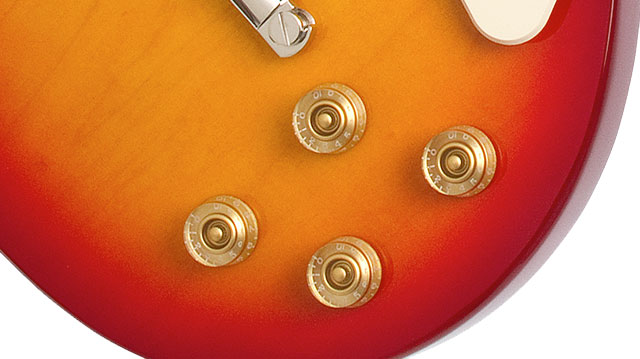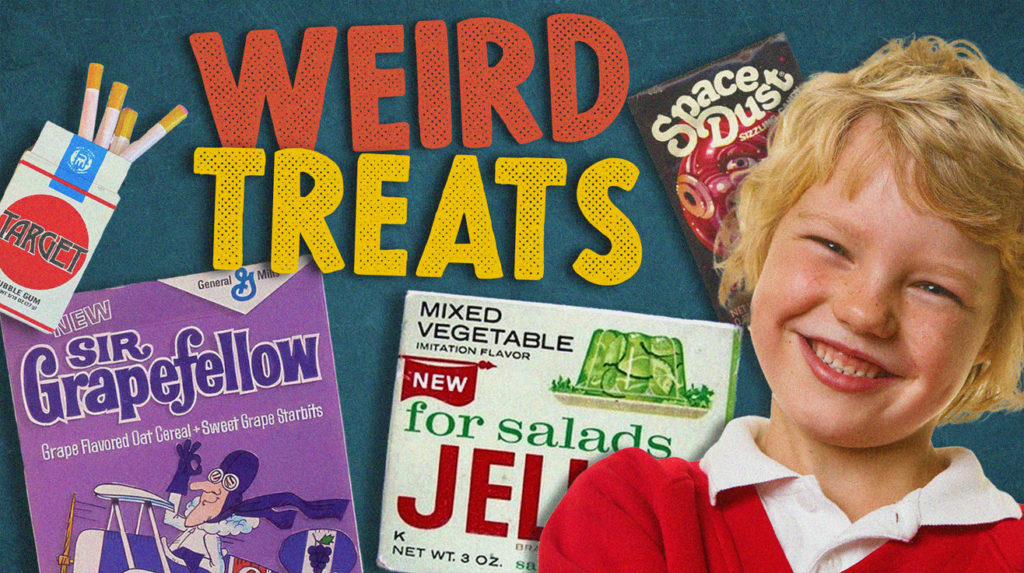
While today’s snackers worship at the altar of organic, previous generations embraced artificial everything with gleeful abandon. The 1970s wasn’t just the era of disco and bell-bottoms—it was the golden age of technicolor treats that transformed eating into psychedelic adventure.
Step aside, nature—the ’70s candy aisle was where science fiction met your taste buds! These forgotten delights were edible space-age fantasies in Day-Glo packaging, thumbing their noses at nutritional common sense. Why enjoy natural flavors when chemistry could deliver candy that popped, fizzed, and turned your tongue electric blue? Ready for a sugar-fueled time warp through the most gloriously artificial decade candy ever knew?
8. Fizzies: The Bathtub Party in Your Mouth

These effervescent tablets transformed boring water into rainbow-hued explosions of chemistry-class cool. Watching them dissolve was better than any lava lamp—a private fireworks show in your cup.
Flavors like grape and root beer became schoolyard currency until the FDA banned cyclamate sweetener in 1969. The reformulated version flopped, proving some love affairs die harder than disco.
7. Space Dust: Pop Rocks’ Powdery Cousin
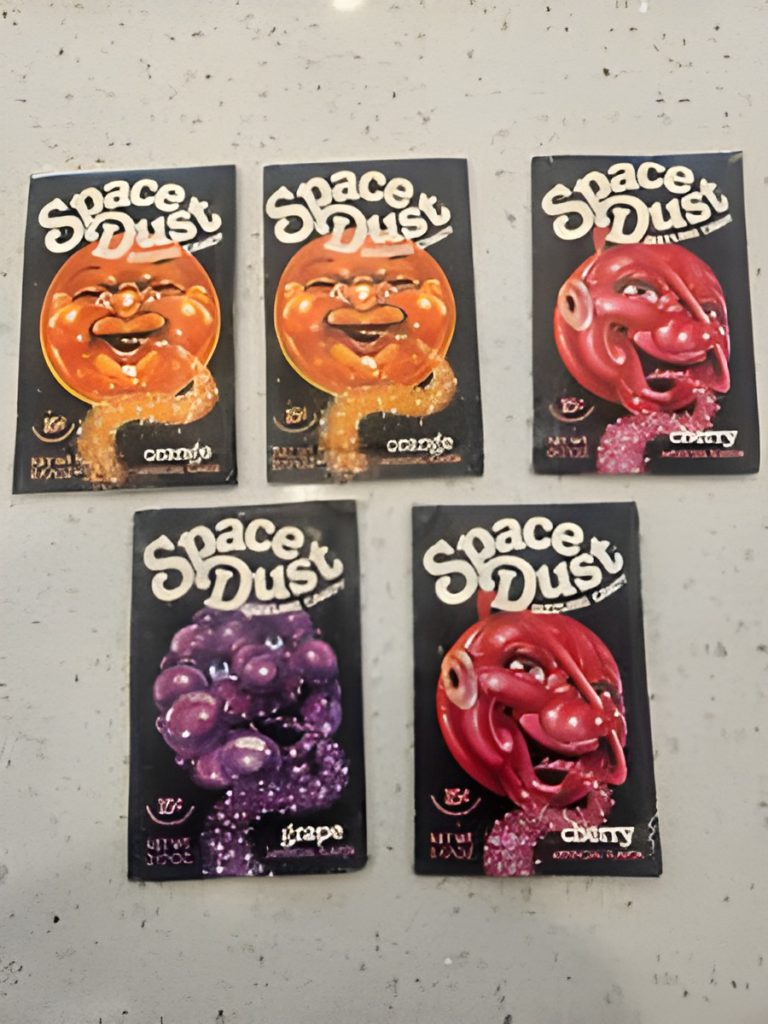
General Foods unleashed crystalline chaos in the late ’70s with powder that turned tongues into electric dance floors. These microscopic flavor bombs created mouth lightning with every sprinkle.
Playground myths about exploding stomachs only enhanced the thrill. Despite making America’s youth tingle nationwide, Space Dust vanished faster than platform shoes, leaving only fizzy memories and dental bills.
6. Space Food Sticks: Astronaut Cuisine for Earth Children

Post-Apollo kids demanded cosmic snacks! These chewy cylinders let cardboard-spaceship captains munch like astronauts without leaving the basement.
Texture-wise? Imagine Tootsie Rolls that trained at NASA. Chocolate, peanut butter and caramel versions tasted suspiciously earthbound despite their stellar packaging. They rocketed to extinction by the ’80s, with only brief nostalgic comebacks.
5. Celery Jell-O: The Salad That Couldn’t Decide
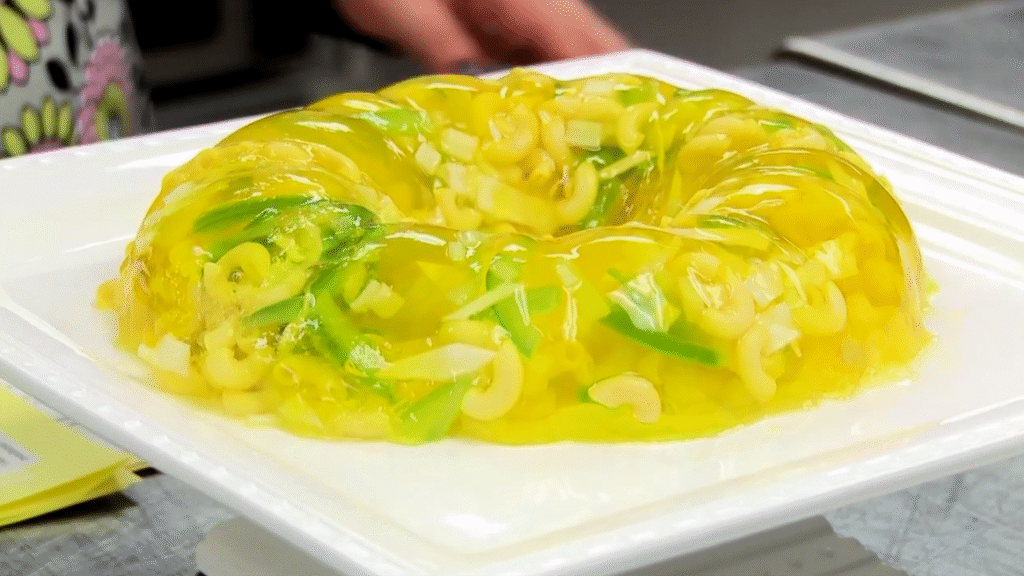
This wobbly green nightmare proved some foods should never meet gelatin. Part of Jell-O’s ill-conceived savory line, it embodied misplaced ’60s optimism.
Hostesses nationwide imprisoned innocent seafood in trembling green towers, calling it “sophisticated.” Its spectacular market failure restored cosmic balance to American kitchens and saved countless dinner parties from quivering disaster.
4. Jell-O 1-2-3: The Triple-Decker Wonder
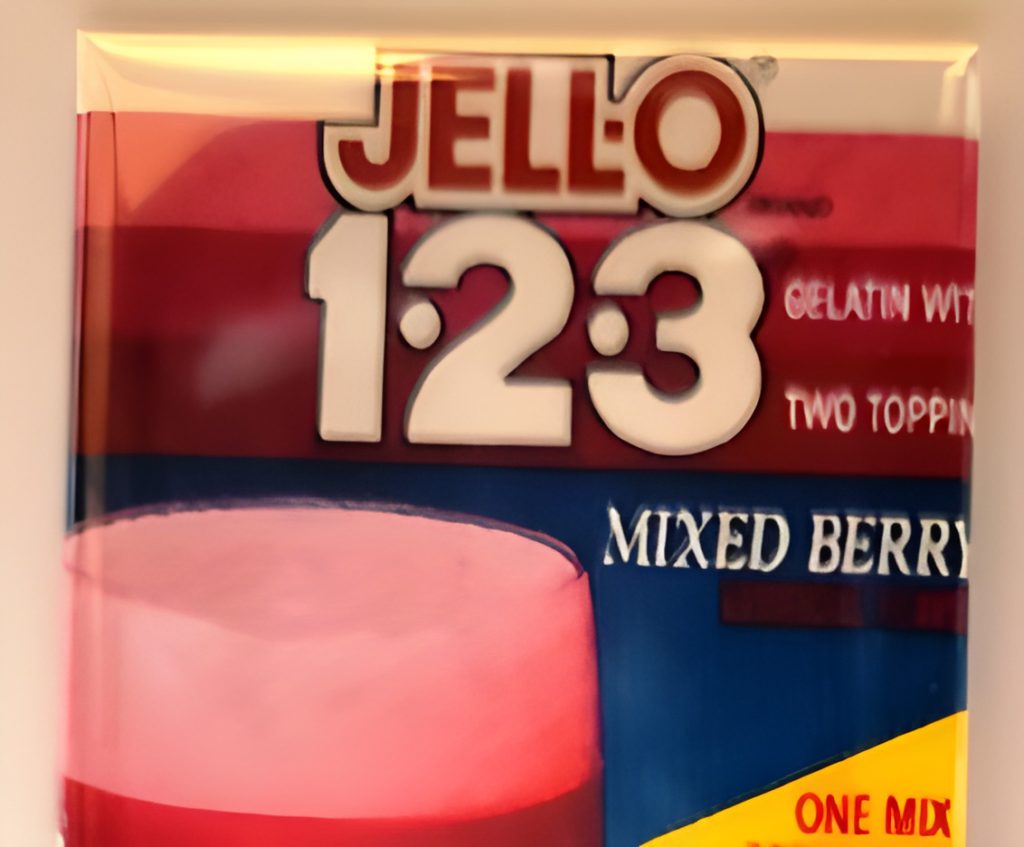
This triple-layer miracle required only hot water and the patience to watch kitchen science unfold. Each spoonful delivered a texture journey from dense to fluffy to frothy.
Families monitored refrigerators like mission control as one mixture magically separated into three distinct layers. When production stopped in 1996, home chemistry lost its sweetest experiment.
3. Candy Buttons: The Edible Connect-the-Dots
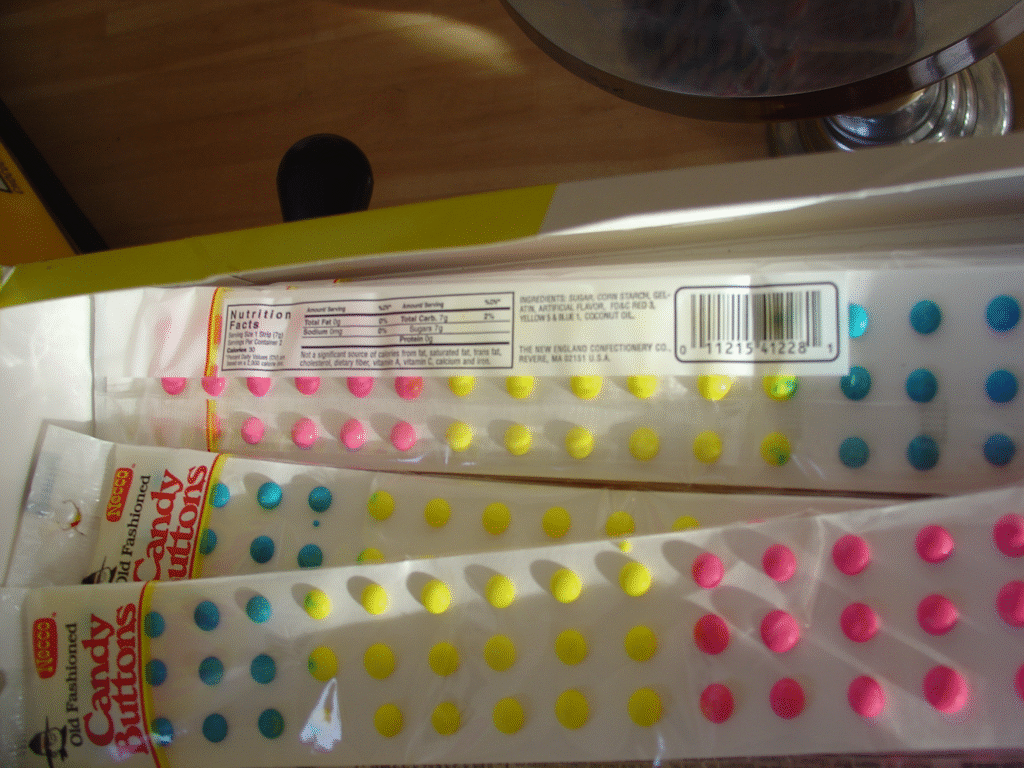
These colorful dots made candy consumption unnecessarily complicated decades before “interactive eating” became trendy. Each sugar bump demanded surgical extraction from its paper prison.
Success meant pure sweetness; failure meant paper-flavored disappointment. The “flavors” were mostly theoretical—just different colors masquerading as taste. Yet we persisted, learning that good things come to those who don’t mind eating paper.
2. Sir Grapefellow Cereal: The Breakfast Knight in Purple Armor
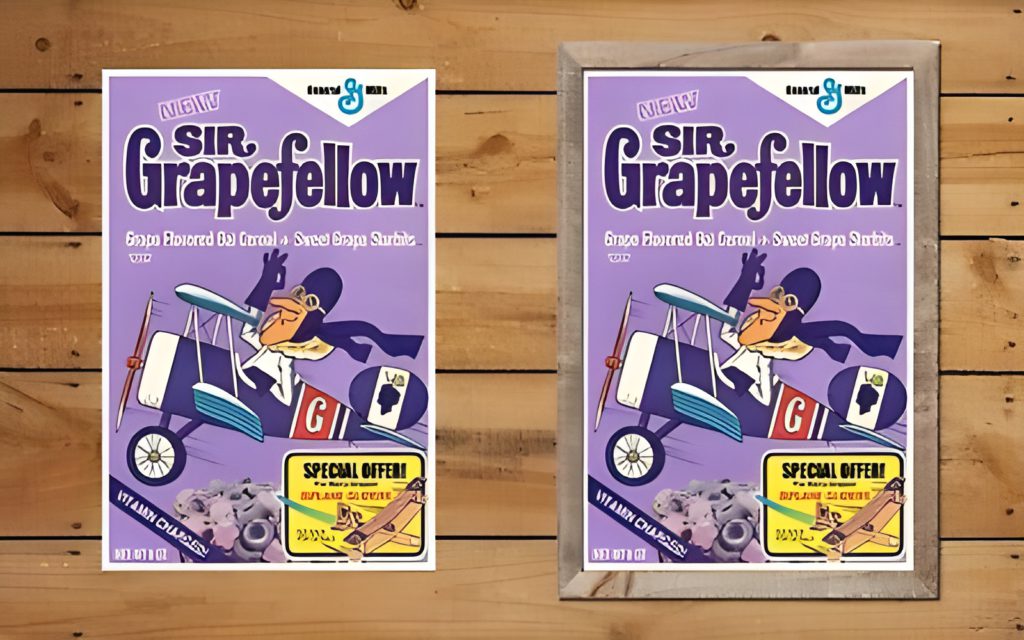
This mascot—a WWI fighter pilot with grape obsession—invaded breakfast tables in 1972. His cereal delivered grape flavor with shocking purple intensity.
Sir Grapefellow dogfighted strawberry rival Baron Von Redberry in commercials, creating breakfast’s only aerial combat narrative. Proof that morning nutrition once took creative detours that today’s grain-forward cereals couldn’t imagine.
1. Candy Cigarettes: The Sweet Rebellion
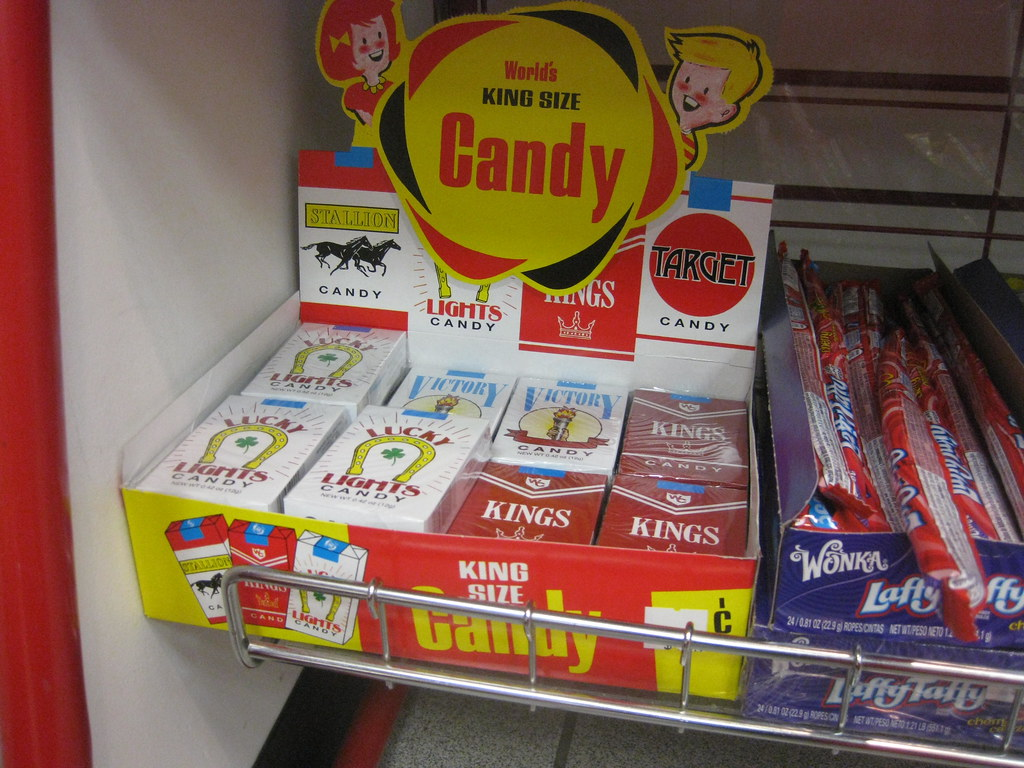
These chalky contraptions let kids practice looking dangerous long before actual bad decisions. The red tips mimicked lit cigarettes for maximum playground credibility.
Some even puffed powdered sugar “smoke”—a feature that would launch a thousand lawsuits today. As society sobered up about tobacco imagery, these treats faced increasing bans. They remain childhood’s most controversial sweet—nostalgia for grandparents, horror show for parents.





